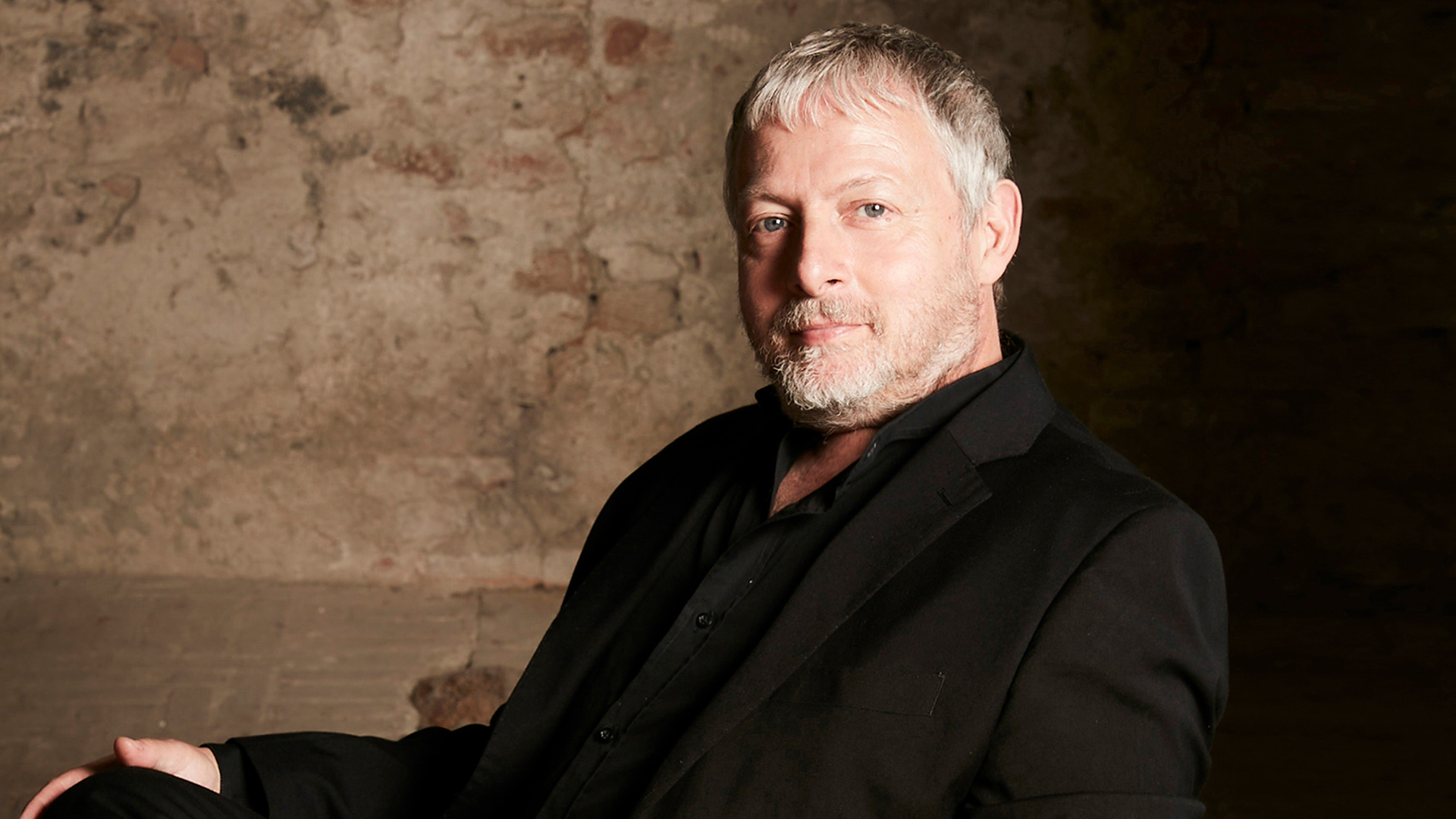WOLFGANG AMADEUS MOZART
Symphony n. 11 in D major K 84 (73q)
CARLO MONZA
Symphony in D major La tempesta di mare
GIOVANNI BATTISTA SAMMARTINI
Symphony in G minor JC 57
ANGELO MARIA SCACCIA
Concert for violin in E flat major
ANTONIO BRIOSCHI
Symphony in D major
WOLFGANG AMADEUS MOZART
Concert for violin and orchestra n. 7 in D major K 271a
Conductor and soloist
Fabio Biondi
Opera Carlo Felice Genova Orchestra
A new installment of the Mozart l’italiano concert series investigates the significant relationship between the Milanese school, which played a key role in the development of symphonic-instrumental music around the mid-1700s, and the genius of Mozart.
The Milanese symphonic school was born in the first half of the eighteenth century, then the important Austro-Hungarian influence on the whole Lombard area favored opportunities for exchange and experimentation, so it was that several composers focused on very innovative research around instrumental music. Antonio Brioschi, Carlo Monza and Angelo Maria Scaccia were among the leading exponents of the Milanese school, each a pupil of the progenitor Giovanni Battista Sammartini. Their work marked the transition from the more baroque concerto grosso genre to the symphony.
In the symphonic context, many were the significant contributions of the Milanese school. First of all, the three-movement structure was stabilized; in this regard, the work of Antonio Brioschi, who between the 1930s and 1950s devoted himself exclusively – according to the titles that have come down to us – to the composition of tripartite symphonies, was of great importance, guaranteeing together with Sammartini a definite and recognizable stylistic approach. The symphony ahead of the opera also began to gain its own autonomy, an example being Carlo Monza’s La tempesta di mare, initially composed as the overture to the 1784 opera Iphigenia in Tauride, from the tripartite form Allegro – Adagio – Allegro assai. Adding to the classical structure is a heated vitality, with intense tones inspired by the early stürmisch currents that were emerging across the Alps at the same time. The concerto for soloist and orchestra was in turn deepened and developed, with special emphasis on the concerto for violin and piano. Among other exponents of the Milanese school, Angelo Maria Scaccia, a composer and violinist, contributed specifically to this genre, bringing about the union between the Italian symphonic style and virtuosic writing for the violin.
As is well known, from a very young age Mozart visited Italy on several occasions with his father Leopold, in each case milestones in his education. In Milan he had the opportunity to meet Sammartini in 1770, and became closely acquainted with the city’s musical environment, where he was commissioned to write four symphonies and the opera Mitridate re di Ponto. These include the Symphony n. 11 K. 84, which is based precisely on the Italian tripartite form with surprising mastery in orchestral articulation and stylistic inventiveness. A few years later came the Violin Concerto in D major K. 271, composed in Salzburg in 1777. The authorship of this concerto has long been debated, but it finally seems to be able to be definitively attributed to Mozart. Here the Italian structure returns, combined with a singular flair for solo virtuosity and the Mozartian flavor that had by then taken on a form of its own and unmistakable.

